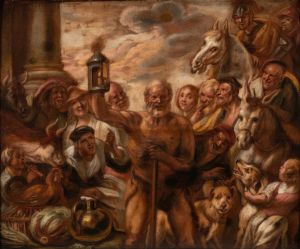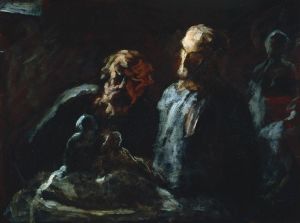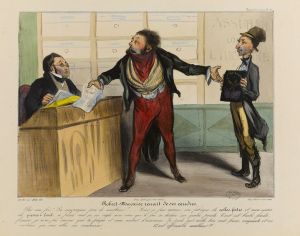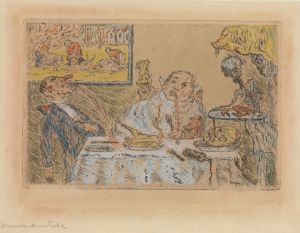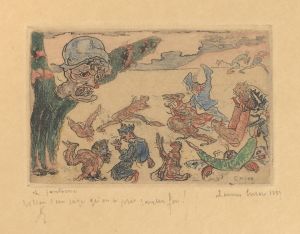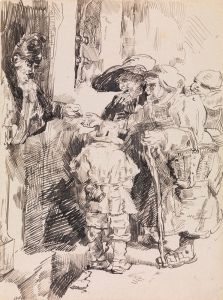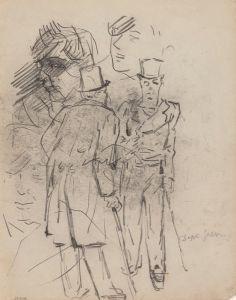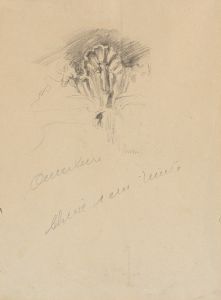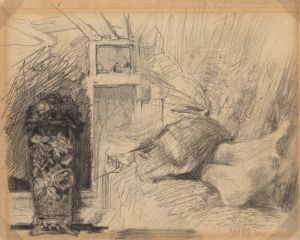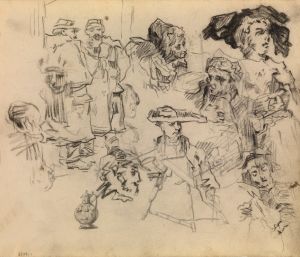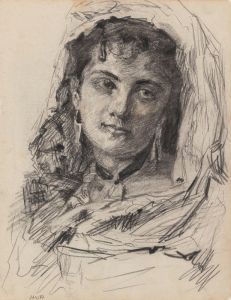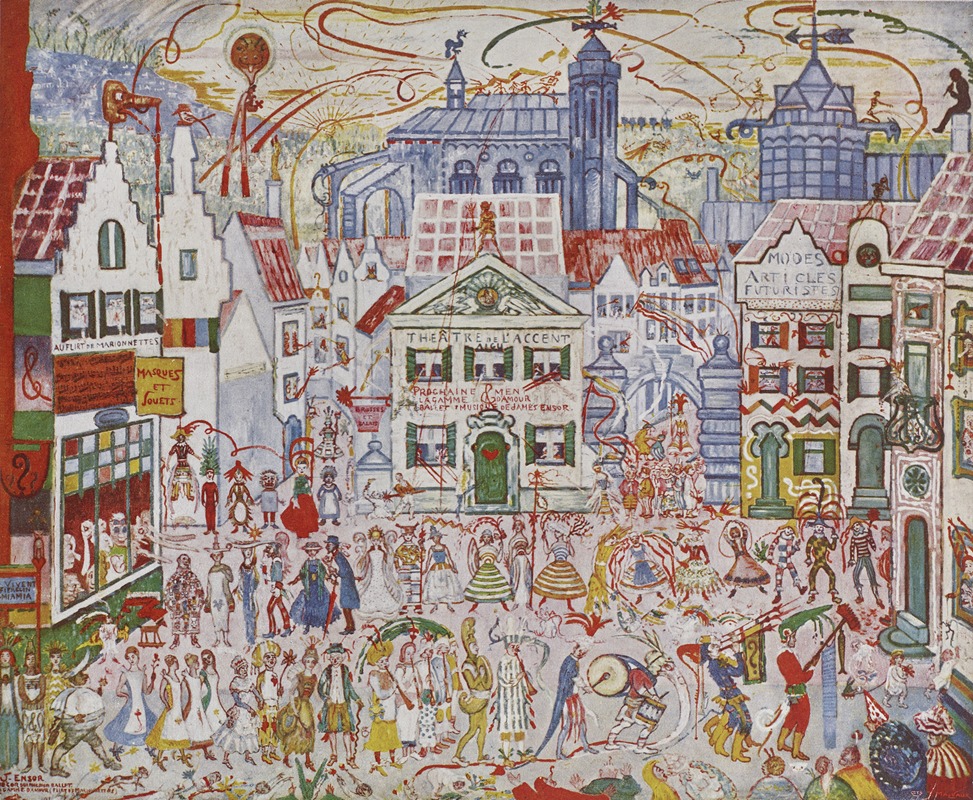
Decor
A hand-painted replica of James Ensor’s masterpiece Decor, meticulously crafted by professional artists to capture the true essence of the original. Each piece is created with museum-quality canvas and rare mineral pigments, carefully painted by experienced artists with delicate brushstrokes and rich, layered colors to perfectly recreate the texture of the original artwork. Unlike machine-printed reproductions, this hand-painted version brings the painting to life, infused with the artist’s emotions and skill in every stroke. Whether for personal collection or home decoration, it instantly elevates the artistic atmosphere of any space.
James Ensor's Decor is a painting created by the Belgian artist James Ensor, who is widely recognized as a pivotal figure in the transition from 19th-century realism to 20th-century modernism. Ensor, born in 1860 in Ostend, Belgium, is best known for his imaginative and often satirical works that incorporate elements of symbolism and expressionism. His art frequently features masks, skeletons, and fantastical imagery, reflecting his fascination with themes of mortality, absurdity, and the grotesque.
Decor is one of Ensor's lesser-documented works, and specific details about its creation, context, and significance are limited in available historical records. Ensor's oeuvre as a whole, however, is characterized by his innovative use of color, bold brushwork, and a unique ability to blend the macabre with humor. His works often challenge traditional artistic conventions and explore the complexities of human nature and society.
Given the lack of detailed information about Decor, it is difficult to provide a comprehensive analysis of the painting's themes, composition, or historical context. However, it is consistent with Ensor's broader body of work to assume that the painting likely reflects his distinctive artistic style and thematic interests.
For further information about James Ensor and his contributions to art history, his most famous works include The Entry of Christ into Brussels in 1889 (1888), Skeletons Fighting Over a Hanged Man (1891), and Masks Confronting Death (1888). These paintings exemplify his innovative approach and his enduring influence on modern art.
No additional verified information is available about Decor.





